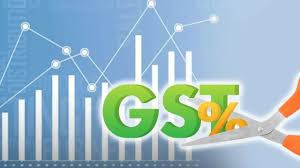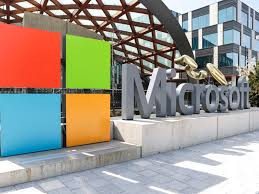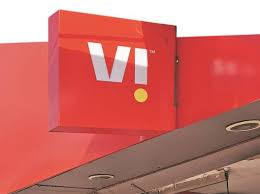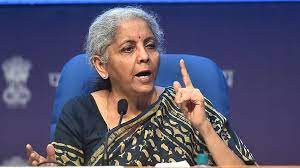SBI Forecasts Inflation Below 3% in Q1 FY26, Expects RBI to Implement 125 bps Rate Cut
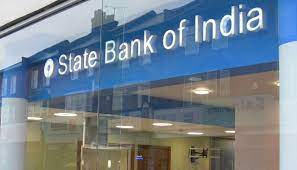
IIE DIGITAL DESK : The State Bank of India (SBI) anticipates a significant decline in retail inflation, projecting it to fall below 3% in the first quarter of the fiscal year 2025-26 (Q1 FY26). This forecast is attributed to a sharp decrease in food prices, particularly vegetables, eggs, and pulses, which have contributed to a 67-month low Consumer Price Index (CPI) inflation rate of 3.34% in March 2025 .
Building on this inflation outlook, SBI predicts that the Reserve Bank of India (RBI) may undertake aggressive monetary easing, potentially reducing the repo rate by a cumulative 125 basis points (bps) over FY26. The proposed rate cuts are expected to be distributed as 75 bps in the first half (June and August) and an additional 50 bps in the second half of the fiscal year .
SBI's report suggests that, under a best-case scenario, the RBI could consider rate cuts totaling up to 150 bps if inflation remains consistently below 3% for the next three months . This potential "Goldilocks period" of low inflation and moderate GDP growth provides the central bank with the flexibility to implement more substantial rate reductions
The RBI has already initiated a monetary easing cycle, having reduced the repo rate by 25 bps to 6.25% in February 2025, followed by another 25 bps cut to 6.0% in April 2025 . These measures aim to stimulate economic growth amid global uncertainties, including heightened U.S. tariffs and their impact on India's export earnings
The central bank's inflation projections for FY26 have been adjusted downward, with expectations of 3.6% in Q1, 3.9% in Q2, 3.8% in Q3, and 4.4% in Q4 . These revised estimates reflect the RBI's confidence in the current disinflationary trend, primarily driven by favorable food price dynamics and a robust agricultural output
The anticipated rate cuts are expected to provide significant relief to borrowers, as most home and car loans are linked to the repo rate. A reduction in the repo rate typically leads to lower interest rates on these loans, thereby reducing the financial burden on consumers
SBI's projections of sub-3% inflation in Q1 FY26 and the potential for substantial RBI rate cuts underscore a favorable economic environment. These developments suggest a strategic shift towards accommodative monetary policy, aimed at bolstering economic growth while maintaining price stability.
You might also like!




